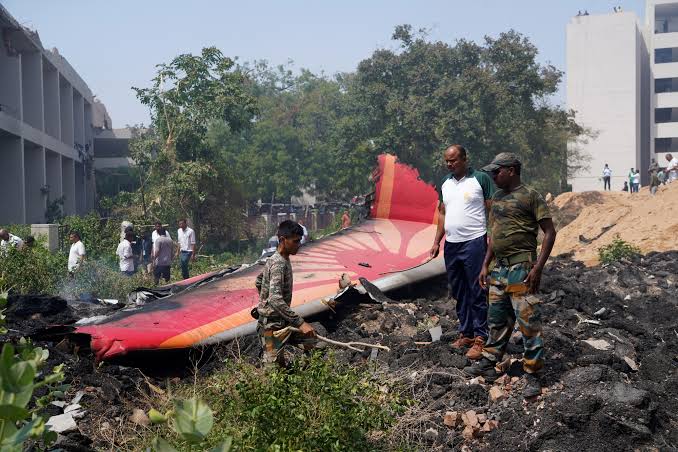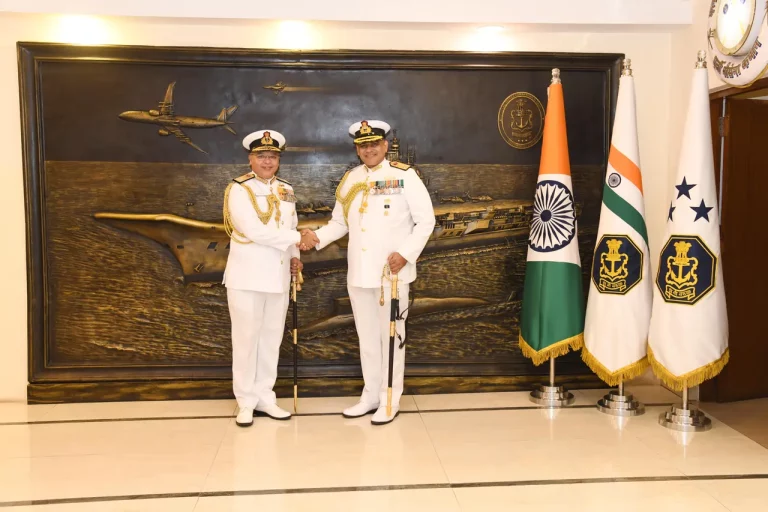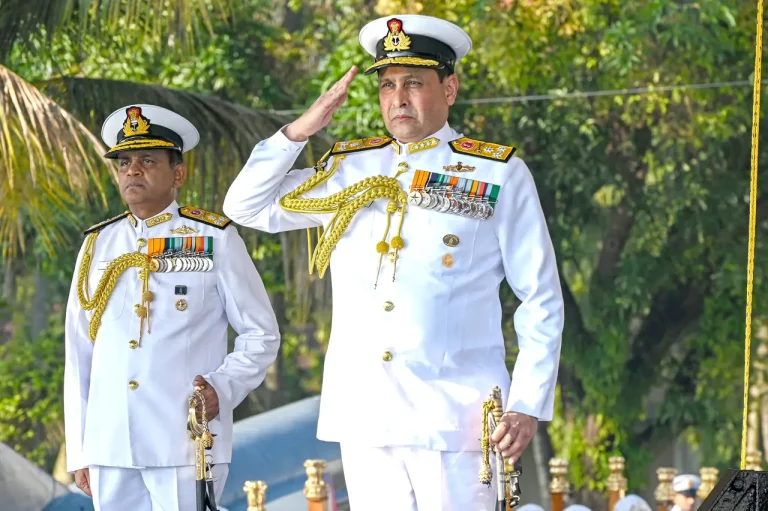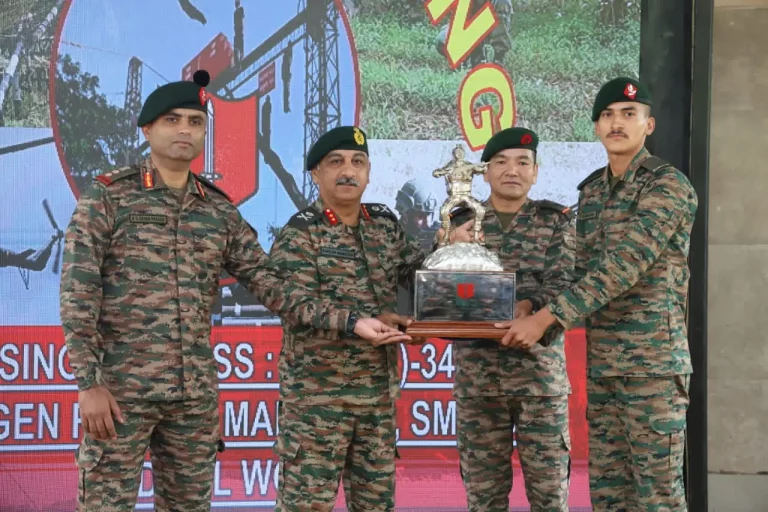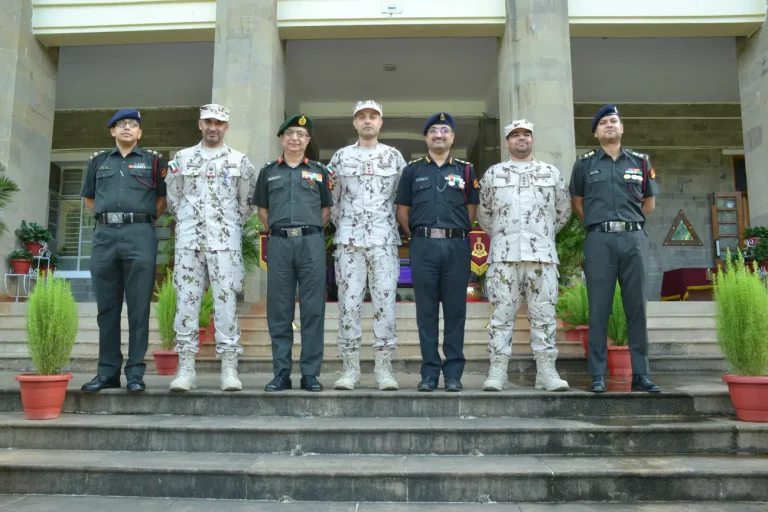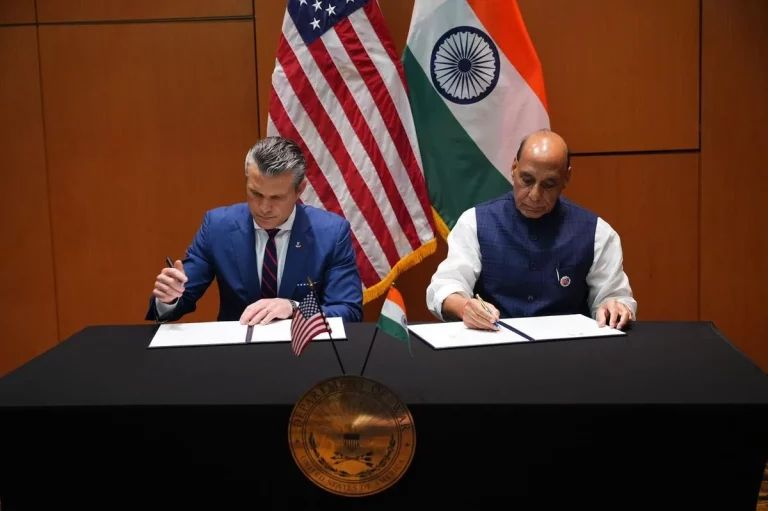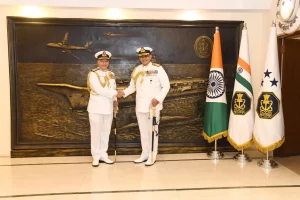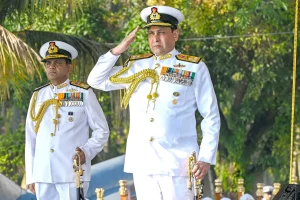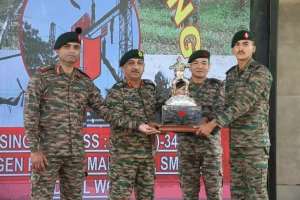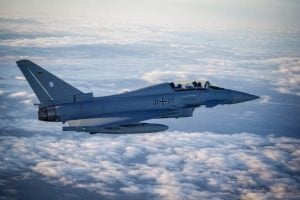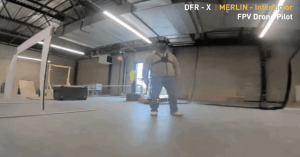On June 12, 2025, tragedy struck as Air India Flight AI171, a Boeing 787-8 Dreamliner, crashed shortly after taking off from Ahmedabad’s Sardar Vallabhbhai Patel International Airport, leading to the loss of 241 of the 242 people onboard, along with at least 28 fatalities on the ground. This incident marks the first fatal crash involving a Boeing 787 Dreamliner, leaving the aviation community in shock and prompting intense scrutiny into the circumstances surrounding the tragedy. Investigative efforts are ongoing, with preliminary findings and expert analyses suggesting multiple potential factors may be at play, though a definitive cause has yet to be established.
Flight AI171, headed for London Gatwick, took off at 1:38 PM local time, carrying 230 passengers and 12 crew members. Records from Flightradar24 indicate that the aircraft achieved a maximum altitude of 625 feet before declaring an emergency via a Mayday call. Communication abruptly ceased just moments later as the aircraft plummeted, crashing into a medical college hostel in the Meghani Nagar neighborhood. The ensuing explosion was exacerbated by the presence of approximately 100,000 liters of aviation fuel on board. The sole survivor, Vishwas Kumar Ramesh, recounted hearing a loud noise about 30 seconds post-takeoff, followed by flickering lights and the rapid descent of the aircraft.
Registered as VT-ANB, the aircraft had been in service with Air India for around 11 years, having been delivered in January 2014. Piloted by Captain Sumit Sabharwal and co-pilot Clive Kunder, who collectively possessed over 9,000 flying hours, the Boeing Dreamliner appeared to struggle during its ascent. Eyewitness video captured the aircraft descending with its nose raised and landing gear extended—an unusual configuration for a plane post-takeoff.
The investigations into the crash are being spearheaded by India’s Aircraft Accident Investigation Bureau (AAIB) with collaboration from the US National Transportation Safety Board (NTSB), the UK’s Air Accidents Investigation Branch, Boeing, and General Electric, the engine manufacturer. While a comprehensive report may take considerable time, several theories have emerged in light of initial evidence.
One of the leading theories posits a catastrophic loss of engine power, potentially caused by simultaneous failure of both engines—the Boeing 787-8 is powered by two General Electric GEnx engines. Some experts suggest a bird strike could have disabled both engines given their low altitude during takeoff, while others speculate about the possibility of fuel contamination or mechanical failure.
Another line of inquiry relates to potential flap configuration errors. Correct extension of the wing flaps is crucial for lift upon takeoff, and incorrect settings could inhibit the aircraft’s ability to ascend. With the aircraft having utilized the full length of the 11,499-foot runway before the crash, this theory gains traction.
Human error, particularly tied to automation dependency, is also under examination. The possibility of incorrect data entry or performance calculations leading to improper settings cannot be discounted, although the experience level of the flight crew diminishes the likelihood of such gross human error.
Manufacturing defects have also resurfaced as a concern for Boeing, reigniting discussions around the quality control processes that have come under fire in recent years. Reports of assembly issues have emerged, but no direct link to the crash has been established so far.
Maintenance practices at Air India are currently undergoing scrutiny, fueled by past warnings from the Directorate General of Civil Aviation (DGCA). The airline has grounded its entire 787 fleet amid the investigation, reflecting concerns about systemic issues within the company.
As investigators press on, external factors such as weather and potential sabotage remain on the table, albeit less likely. With heavy public scrutiny, particularly in light of the substantial loss of life—including 53 British nationals—investigators are under pressure for swift answers.
Amid these unsettling circumstances, the investigation faces numerous challenges, including the complexities of data retrieval from the recovered black boxes and the identification of ground casualties amid the destruction. The focus remains on piecing together the sequence of events leading to the crash, which may involve multiple factors working in conjunction.
The implications of this crash are significant for Boeing, Air India, and the broader Indian aviation sector. The incident has shattered the Dreamliner’s previously flawless safety record and raised questions about Air India’s operational safety amidst ongoing efforts for organizational revival.
As investigations continue, a narrative of grief, anger, and speculation has emerged in online discussions. While unverified claims circulate regarding potential causes, experts urge the public to withhold judgment until more is known.
The crash of Flight AI171 serves as a sobering reminder of the complexities inherent in modern aviation and the urgent need for stringent safety protocols across all levels—manufacturers, airlines, and regulators alike. As the world looks on, the lessons learned from this tragic event will be crucial in safeguarding the future of air travel.
